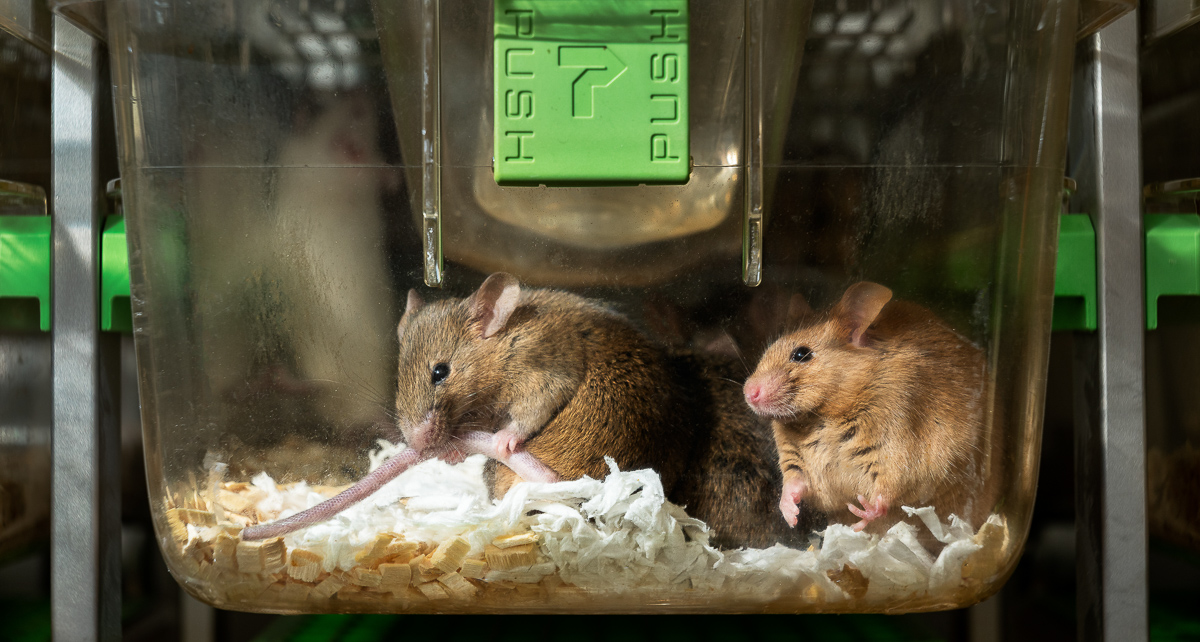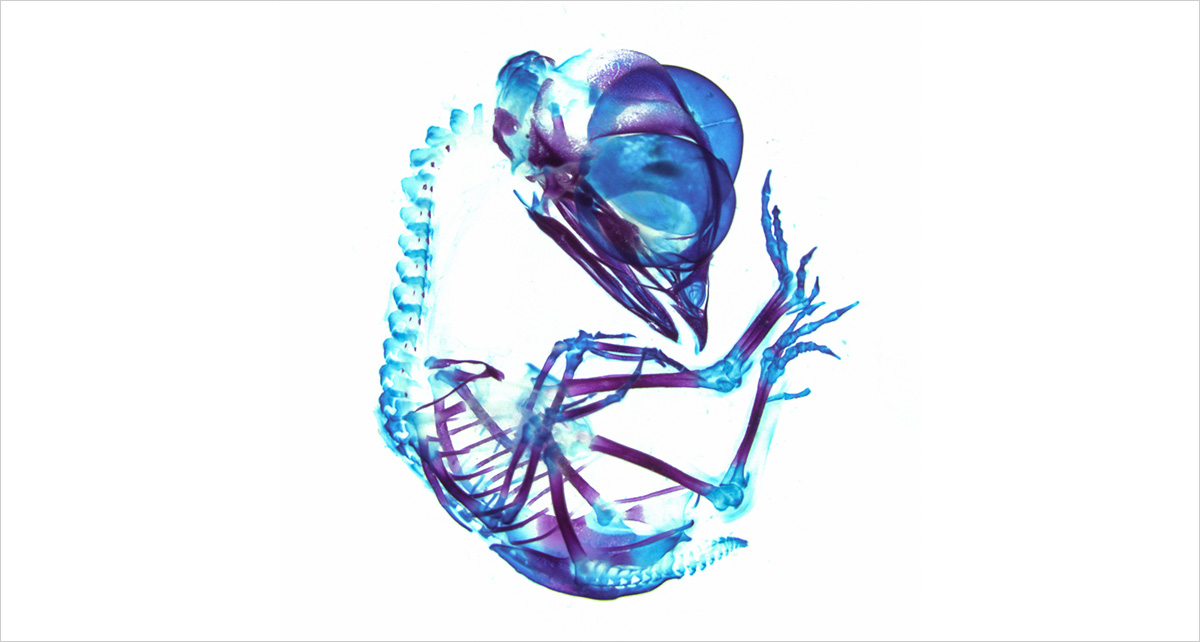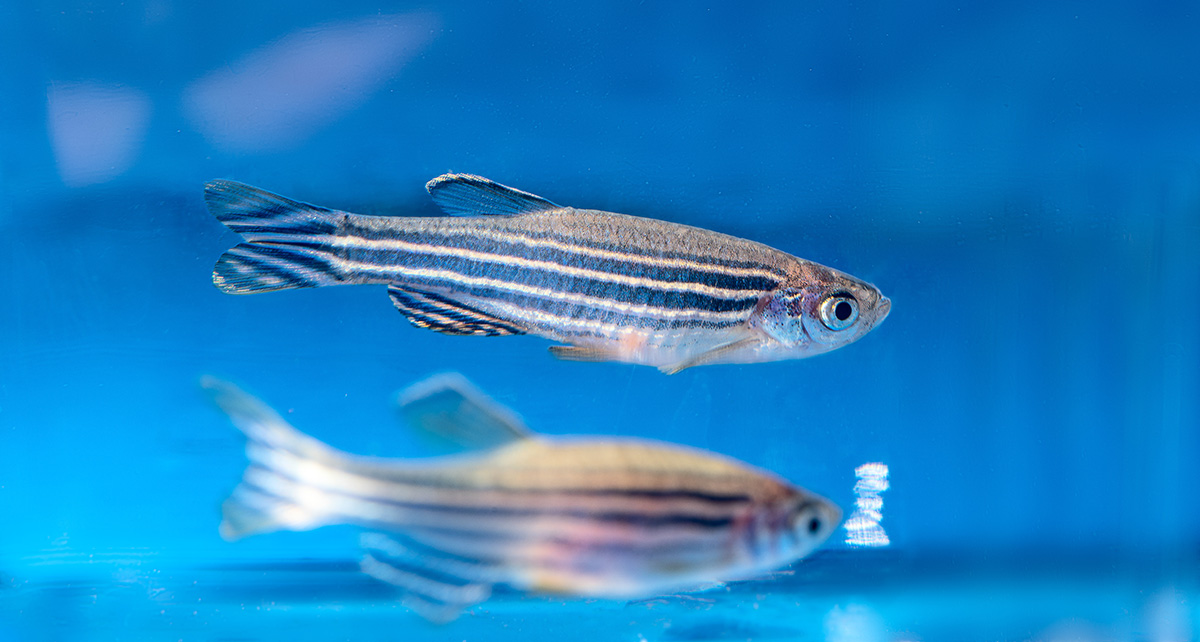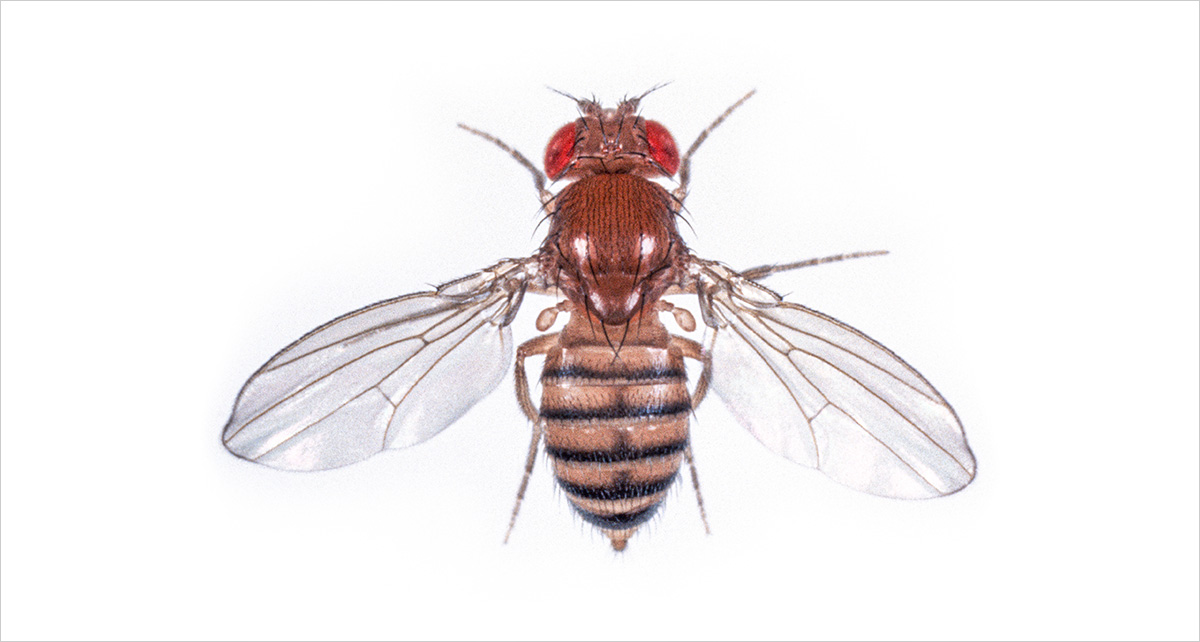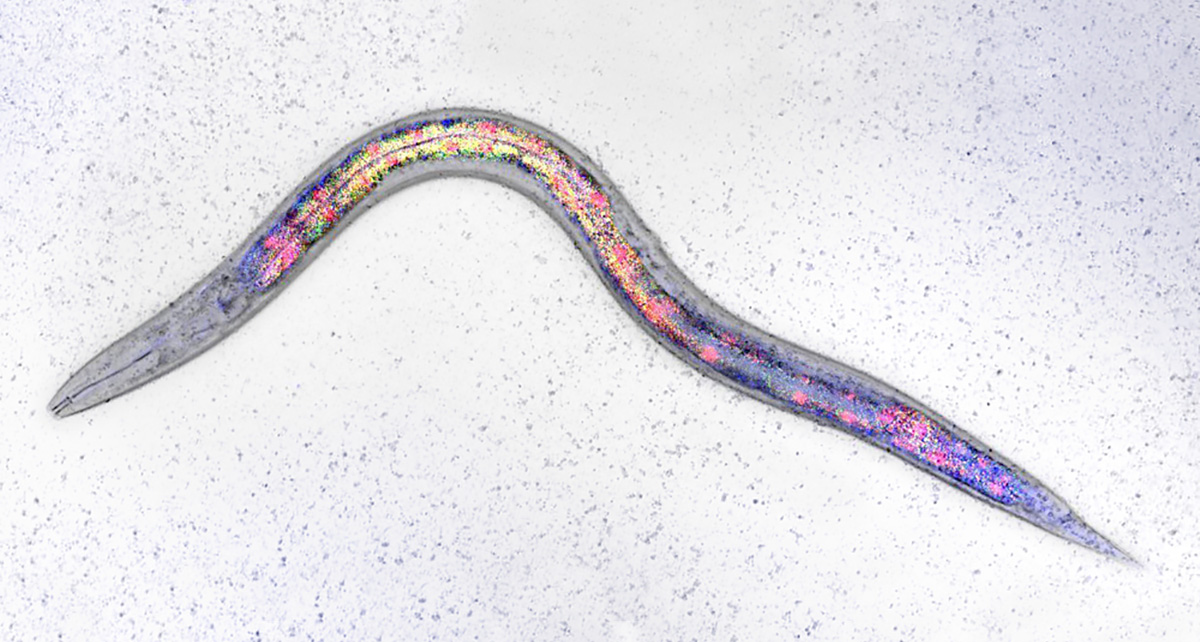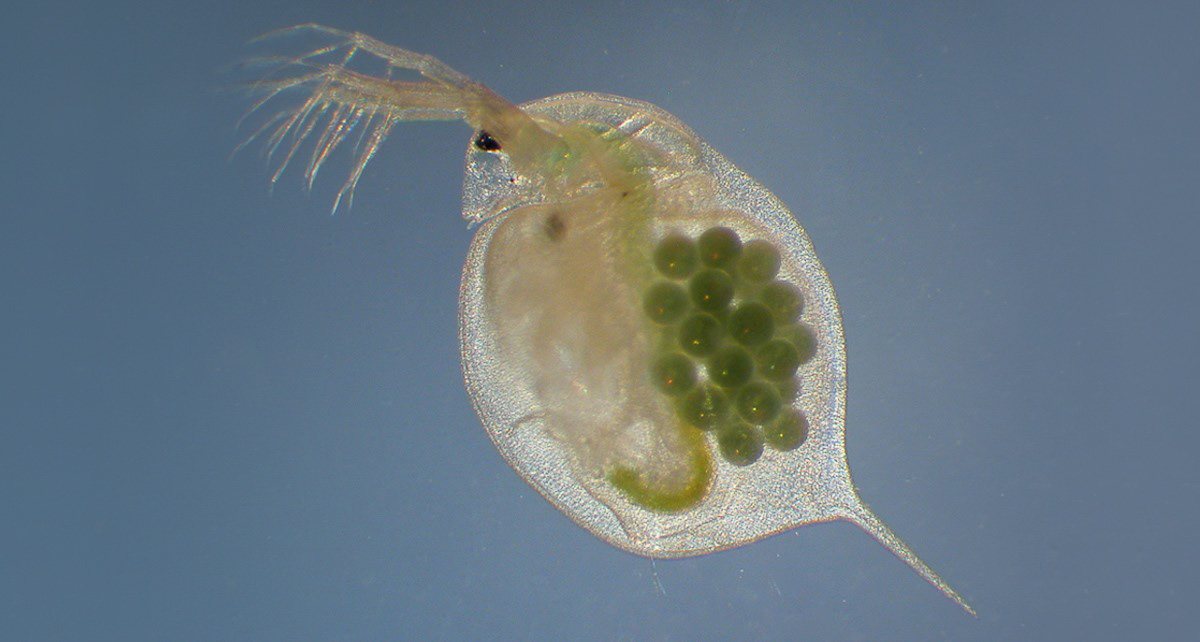Animals in Research
The University of Basel places significant emphasis on life sciences research, which currently can only be addressed through the use of animals to answer important biological and medical questions. Our researchers take specific care to select the appropriate animal species for each study.
The University of Basel predominantly utilizes rodents and fish as animal models for their research, however, and also invertebrate species such as fruit flies and nematodes. All animals are kept according to their species-specific needs, and their breeding is closely monitored to ensure their welfare. These models are well established in the scientific community, allowing researchers to build on existing knowledge.
In the following we provide a brief overview of the various animal species used for research purposes at the University of Basel, as well as examples of the research that utilize them.
Rodents: Mice & Rats
Mice are the most commonly used animal species in research, including the University of Basel. The lab mouse strains originate from the house mouse, but they exhibit a higher degree of genetic uniformity. This enables researchers to better compare and interpret experimental results.
Due to their evolutionary relationship with humans, mice share a significant genetic similarity – about 80 percent of the genes are the same. Most biological processes in mice also function according to the same principles as in humans, including complex systems such as the cardiovascular system, immune response, nervous system, and kidneys. Consequently, mice are utilized across a diverse range of disciplines to advance our understanding of fundamental biological processes.
Mice are a highly valuable animal model in research dedicated to the causes and progression of human diseases, as many diseases occur naturally in both mice and humans. Additionally, researchers can create models of other diseases by specifically modifying the genetic material of the mice. Over recent decades, sophisticated techniques have been developed that allow researchers today to insert, excise or switch genes on and off, depending on the research question.
At the University of Basel, these advancements enable research groups to utilize mice to gain a deeper understanding of the mechanisms underlying various diseases such as cancer, Alzheimer's, multiple sclerosis, heart disease, and psychiatric disorders, and to develop innovative therapeutic approaches.
Rats, like mice, share an extensive genetic similarity with humans. Due to their larger size, they are particularly useful in experiments that require a larger amount of sample material to achieve reliable results. Furthermore, researchers also utilize rats in behavioral research, as their learning ability exhibits a high degree of similarity to humans.
Chicken Embryos
Research on chicken embryos has a rich history in developmental biology. By creating a window in the eggshell, it is easy to observe the growth of a chick from a fertilized egg, including the development of bone cells in the skeleton. To facilitate this, researchers employ modern genetic engineering and imaging techniques. The use of eggs as an experimental model also adds the advantage of avoiding the need to kill mother animals to obtain embryos.
Some examples of research projects involving chicken embryos at the University of Basel include:
Research Group Patrick Tschopp:
- Specification of cell types and embryonic patterning in vertebrates
- Using chicken eggs instead of mouse embryos reduces the number of mice – 3R project for replacement of animal research
Links & Downloads
- Laboratory of Regulatory Evolution – Research Group Patrick Tschopp
- More than five fingers is not possible – or is it?
- Deciphering conserved mechanisms in embryonic development (3RCC project)
- Chicken eggs instead of mouse embryos: Basel project to replace animal research receives support (in German)
Fish: Zebrafish, Cichlids & Gobies
Several research groups at the University of Basel utilize zebrafish in their investigations. These animals are particularly useful in studying a wide range of questions in developmental biology, as their eggs develop outside the womb and are transparent. As a result, researchers can directly observe the development of cells and organs in the embryo under the microscope, including the growth and interconnection of blood vessels.
Despite being less closely related to humans than mice, zebrafish are still vertebrates, sharing around 70 percent of genes in similar forms to those of humans. A considerable number of genes responsible for human diseases are also present in fish. Given their amenability to genetic manipulation, researchers often employ zebrafish to explore the function of particular genes, especially in the context of hereditary diseases.
In addition to the conventional laboratory animal species, several research teams at the University of Basel also investigate other fish species, including the black sea goby and various cichlid species. Studies involving black sea gobies provide insight into the dispersal mechanisms of this invasive species in local waters, and its impact on native habitats. Meanwhile, evolutionary researchers employ cichlids, originally from Africa's Lake Tanganyika, to investigate the process by which new species evolve and adapt to their environment.
Invertebrates
Research involving invertebrates has been instrumental in advancing our knowledge of genetics, cell biology, and developmental biology. One key advantage of invertebrates is their ability to reproduce quickly and in large numbers. Additionally, since they are sensory-physiologically less complex than higher animals like mice or rats, their use is considered more ethical and in line with the 3Rs principle.
At the University of Basel, invertebrates are an essential model in modern life sciences research. The following invertebrate organisms are utilized:
Fruit fly
While the fruit fly Drosophila melanogaster can be a nuisance in the household, it has been an invaluable tool for genetic studies in the laboratory for over a century. The use of fly genetics is crucial in understanding the cell cycle, development, and neurosciences. One notable example is the work of Basel biologist Walter Gehring, who utilized the fruit fly to identify a group of genes that control embryonic development in animals and humans.
Additionally, the fruit fly is an essential contributor to comprehending the molecular and cellular mechanisms of human diseases. This is because 75 percent of the genes that can cause human diseases are also present in the fruit fly, with the figure rising to 90 percent for cancer-related genes.
Despite these advantages, the fruit fly is seldom utilized in biomedical research because its systems and organs are significantly different from those of humans.
Nematode
The nematode Caenorhabditis elegans, measuring only one millimeter in size, is a widely used model organism for targeted research into gene function due to its transparent body and simplicity. With just under 1000 cells, the individual origin and development of each cell is precisely known to researchers, providing a complete understanding of how an entire organism develops from a single cell.
The nematode's simple nervous system allows for detailed studies on the effect of genes on nerve development. It also played a critical role in the discovery of programmed cell death – a process by which predetermined cells die during development. However, due to the lack of an acquired immune system and the low organ complexity, the use of C. elegans is limited to specific questions in biomedical research.
Water flea
In ecological research, the water flea Daphnia magna has become an important model organism. Using methods of environmental genomics, researchers investigate fundamental mechanisms of evolution – for example, how organisms adapt to changing environmental conditions or how host and parasite influence each other's evolution.

